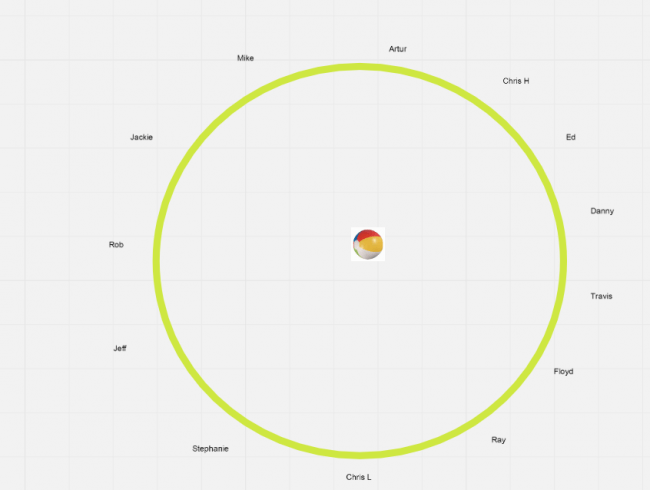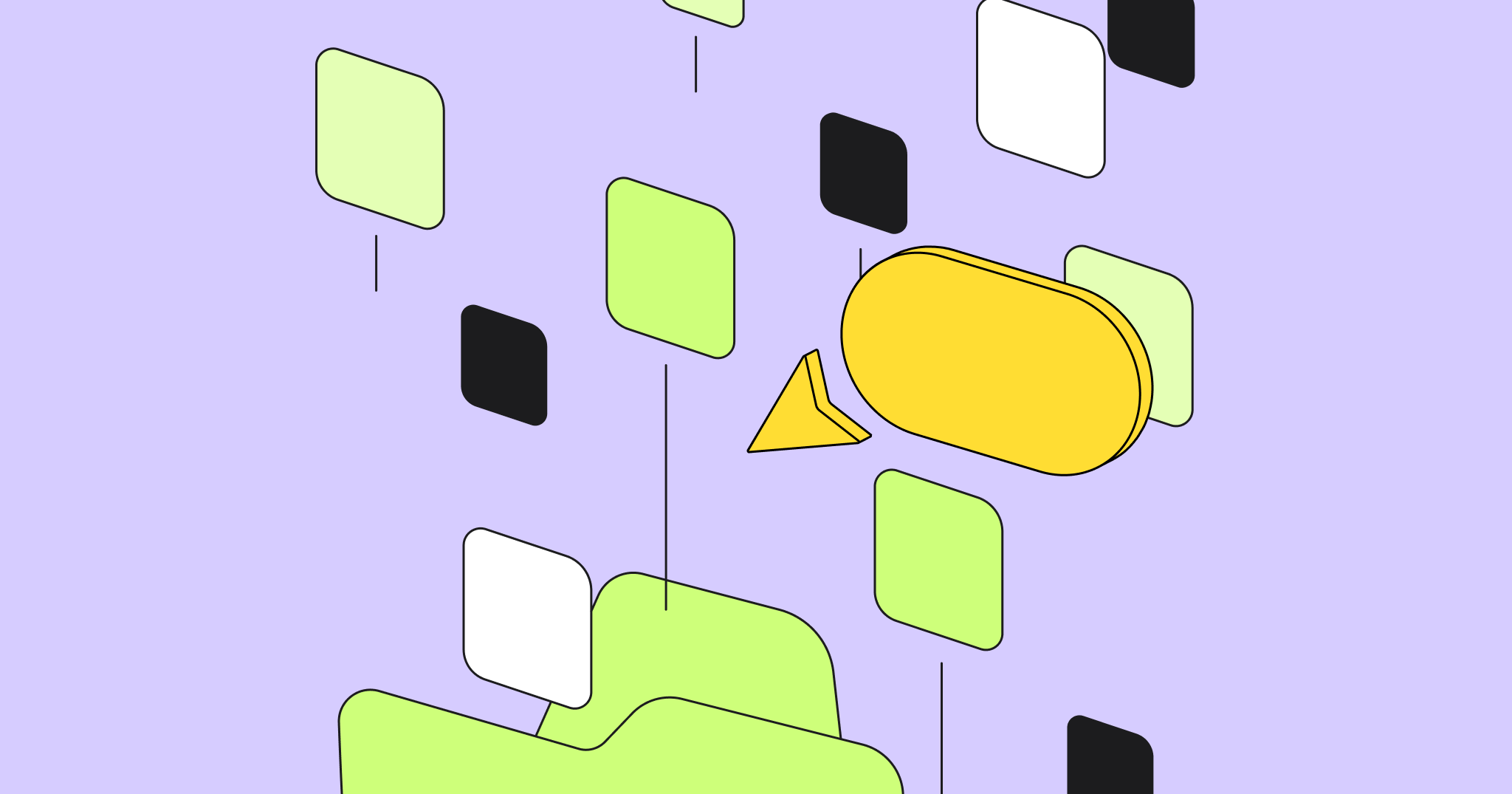What are the typical problems of remote agile teams? How can they be solved?
At Miro, we are trying to find as many answers to these questions as possible. And our customers help us immensely by sharing their use cases. Today we are going to tell the story of Mingle Analytics.
Bobbie Manson works for Mingle Analytics, Inc. in South Paris, Maine. She has been a developer for 20 years, mostly as a consultant, and would stray into project management over the years, but the issues surrounding a Waterfall methodology kept her in development. As Agile has grown, so has her passion for the process, and so more recently she has become a Scrum Master working with a remote agile team.
Bobbie Manson on Mingle Analytics’ workflow
At Mingle Analytics, Inc., we are building a dashboard that our clients use to work through the process of submitting their PQRS (Physician Quality Reporting System) data to Medicare. We use internal tools to assist employees in loading and manipulating data sent to us from our clients. Also, we are working on adding the ability to receive data for PQRS submission in other formats that more directly draw from our client’s EHR systems.
What was recognized early on is that we would not be able to find the workforce we needed locally in South Paris Maine. So we went looking for talented developers wherever we could find them.
Currently, Mingle Analytics’ development team is a distributed team of 11 developers and 4 QA analysts, spread across time zones in the US, as well as in Poland. And the amount of collaboration activities varies from 30% to 75% of working hours, so finding technology that could help us collaborate remotely is paramount to our success as a team.
Challenges facing a remote Agile team
As I mentioned, initially we were all co-located in South Paris, Maine. But we needed to grow, and do it fast, we knew we needed tools to help us stay together.
Before Miro, we were just using Skype for audio and video-chatting, and thought about possible whiteboarding solutions: a camera on a whiteboard, the whiteboard tool in Skype, or sharing a screen with PowerPoint presentation, etc.
But all those solutions had many disadvantages. Mostly, they didn’t solve the problem of remote collaboration. For example, we could not fully share artifacts like Kanban boards, burn down charts, definition of “done”, etc.
When we worked through a problem or had a design session, every participant of the meeting needed to access the whole board. But trying to use a real whiteboard viewed via a camera could never be seen very well, and the one in Skype was not robust enough and didn’t provide functionality for the collaboration we needed. Trying to have one person sharing a screen whether it was PowerPoint or Word, was fine for a visualization, but it’s not collaboration when only one person is the “driver”.
Another point of frustration was how to keep a feeling of culture and camaraderie in the workplace when we are all working remotely.
When we hired our QA Manager, one of the first things she did was find Miro, which allowed her to document application workflows. What we also discovered is that if filled a need we had for collaboration. We have used it for retrospectives, story pointing, design sessions and training.

Mingle Analytics’ Miro experience
Our remote agile team found it was very easy to start using Miro! We liked the intuitive interface from the first session, and no special training was needed. Moreover, the price point was not a barrier to giving the tool a try. So we just invited people to boards, and they were able to get easily up to speed on using the tool.
And in just a couple of days, Miro became an integral part of our retrospectives and story point meetings, solving many of our previous challenges.

Miro allows our remote agile team to stay together on a board, where we create and see each other editing. We can import images we need, and have rich colors and shapes to interact on a given topic.

Bobbie’s favorite Miro features
I have two favorite Miro features.
The first one is importing spreadsheets as sticky notes in one click. Very much needed it and so happy to have stickers import in the toolbox now!
Another feature is Search on the board! There is a lot of information on some of our boards and being able to find certain text is great.

Connecting and collaborating in Miro
“[Miro] became an integral part of our retrospectives and story point meetings, solving many of our previous challenges. With [Miro], we aren’t just sharing a screen or sharing a whiteboard where there is one driver. We truly collaborate!”
Bobbie Manson, Scrum Master at Mingle Analytics
For our business, our distributed team relies on frequent collaboration to keep up with an ever-changing Medicare process, and unique client needs. Miro certainly helps us get there.
We also receive positive feedback from our partners. For example, Agile coach Ron Lichty has been all over the country in many different companies as an Agile coach not to mention other companies he worked directly for in the past. For him to witness and note the power of the tool in helping us work together as a distributed team, told me we were on the right track.
Personally, I’m always considering ways to pull our remote agile team together, and make us feel less isolated and more connected. The Miro team is concerned about the same problems, and they solve it. Even little features like being able to see each other’s cursors, gives that sense of presence that is hard to come by remotely.
So, Miro is a fantastic tool for remote agile teams!






